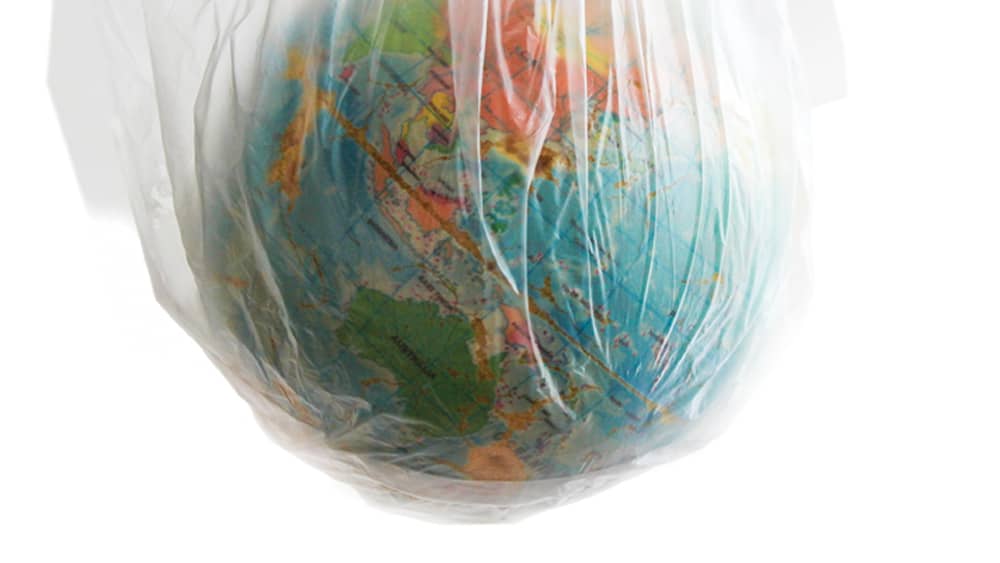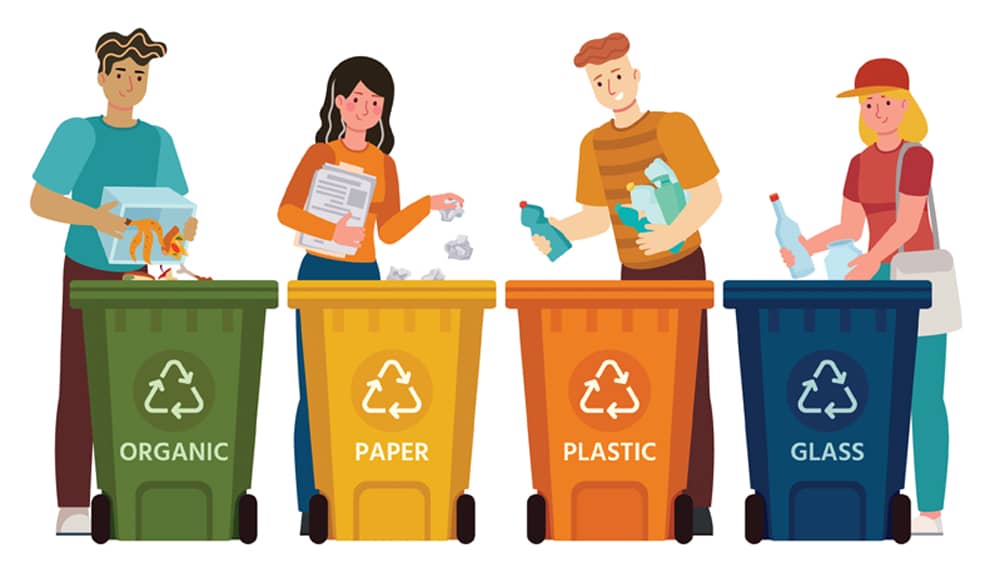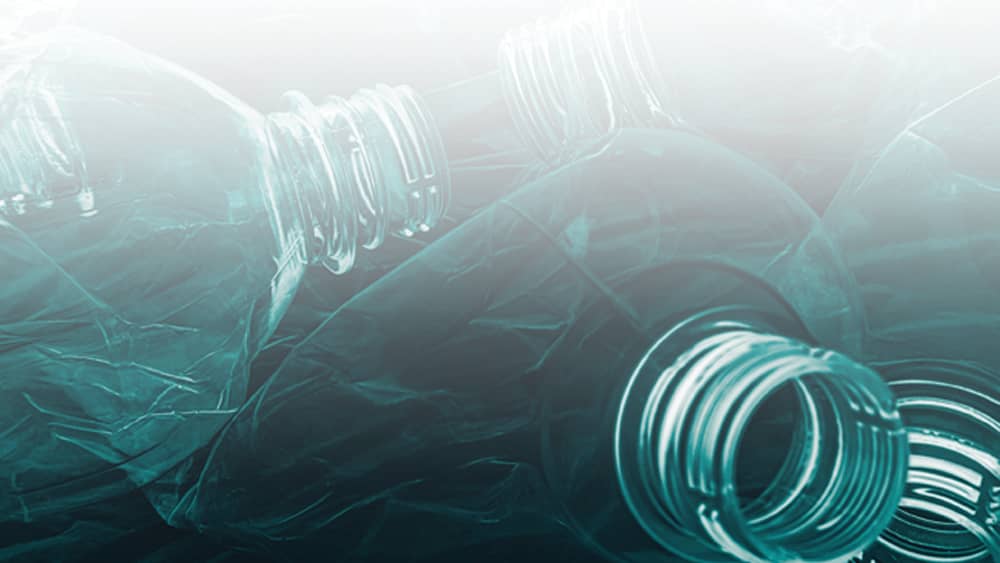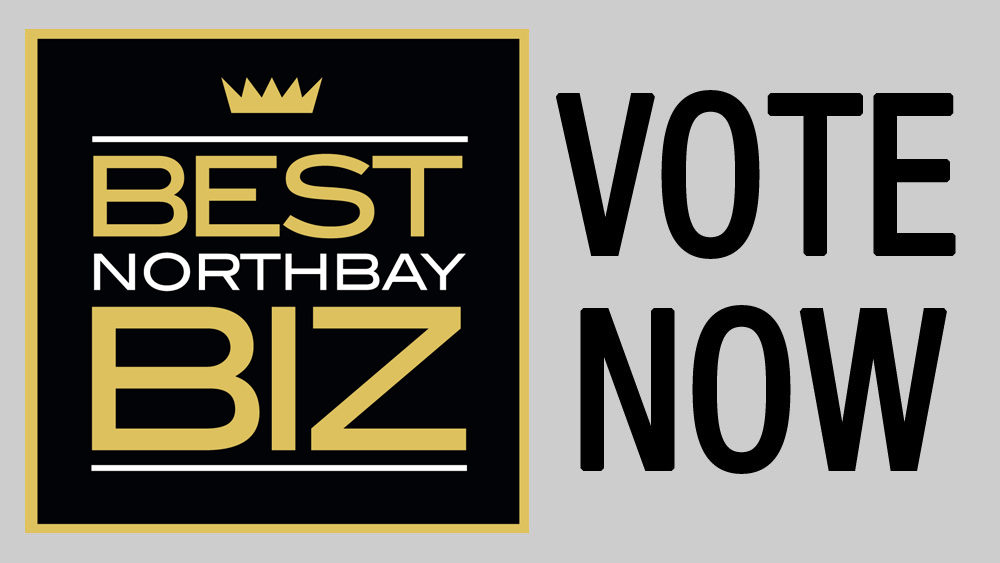
The production and disposal of plastic food packaging is energy-intensive and leads to polluted air, soil and water resources. And once plastics are in circulation, they accumulate in oceans, harming marine life, and breakdown into smaller microplastics that make their way into food and beverages. Currently, the world’s oceans are polluted by more than 5 trillion plastic pieces, collectively weighing more than 250,000 tons. And of the 30 million tons of plastic American toss annually, only 8 percent is recycled, according to the Plastic Pollution Group.
What’s more, the pandemic is likely spurring an increase in single-use plastics, according to a recent report from the American Chemical Society. Demand is expected to rise by as much as 14 percent in the U.S., as a result of increased food delivery, takeout and prepackaged grocery products meant to limit the spread of the virus. Here are a few easy ways to rethink your plastic packaging use—starting right now.
Drink tap water. Approximately 20,000 plastic waste bottles are sold every second around the world, according to Euromonitor International. Not only are many of these wasted, but they also deposit microplastics in our digestive systems.
Switch to reusable cutlery. Avoid disposable plastic utensils, and use your own cutlery when you can. Cutlery was rated by the Ocean Conservancy as one of the items “most dangerous” to sea life. If everyone in the U.S. switched from plastic to reusable cutlery, it would stop the use of more than 100 million plastic forks, knives and spoons.
Buy in bulk. Though many grocery stores’ bulk bins are temporarily closed due to the pandemic, purchasing in large quantities is still an effective way to minimize the number of individual packages sold. Added plus? Switching from prepackaged foods and shopping the bulk aisle will save roughly 56 percent in food costs.
Say “no” to microplastics. Personal care products with “microbeads,” such as soap and toothpaste, are a major contributor of microplastics—small plastic fragments that build up in the environment as a byproduct of plastic products breakdown. MIcroplastics get stuck in fish gills and enter animals’ digestive tracts.
Don’t be a “Wishcycler”
People often put materials in the recycling bin that don’t belong there. It’s done with the environment in mind, but it’s a shortcut that fails to deliver results. The practice is called “wishcycling,” and it makes recycling loads impossible to process and resell.
So don’t be a wishcycler. Be a recycler. Here are the resources needed to know how to properly sort your waste.
 Napa County: naparecycling.com
Napa County: naparecycling.com
Sonoma County: zerowastesonoma.gov
Main County: zerowastemarin.org
Did You Know?
When food is wrapped in plastic containing BPA, phthalates may leak into the food. Any migration is likely to be greater when in contact with fatty foods such as meats and cheeses than with other foods. In general, it’s not recommended to heat food in plastic containers with the codes 3 and 7. Additionally, the USDA Food Safety and Inspection Service advises Americans not to reuse margarine tubs, takeout containers and other single-use plastic containers, which are more likely to melt and cause chemicals to leach into food.




